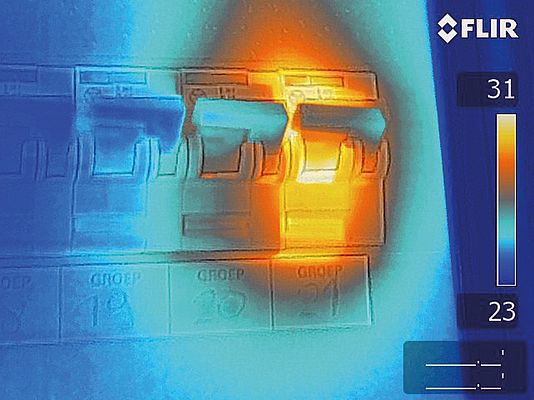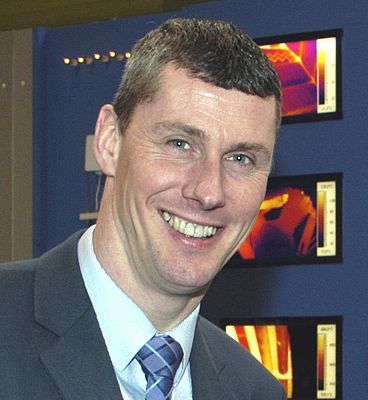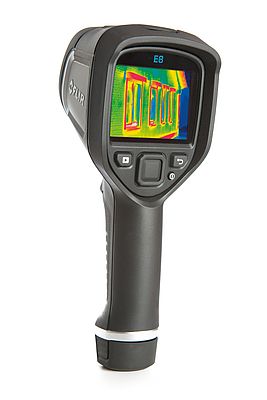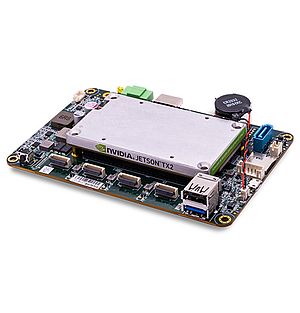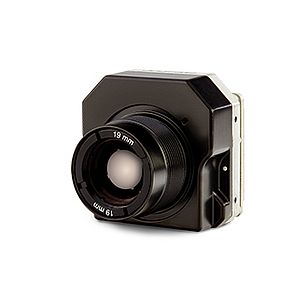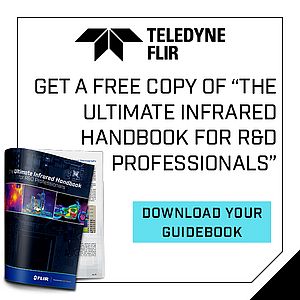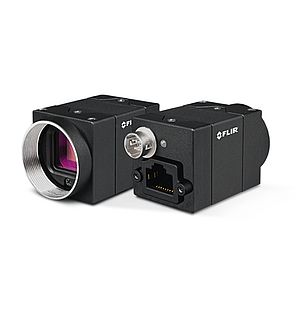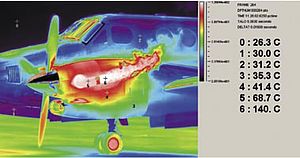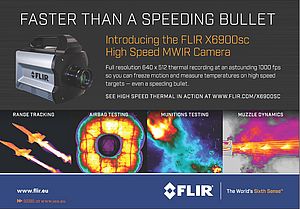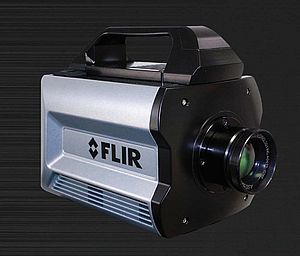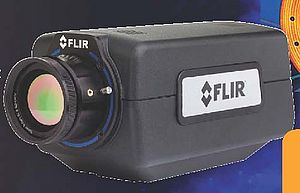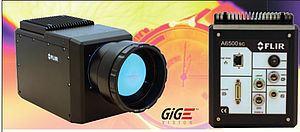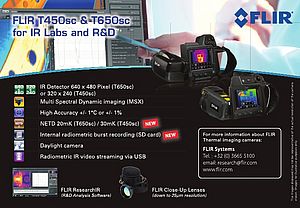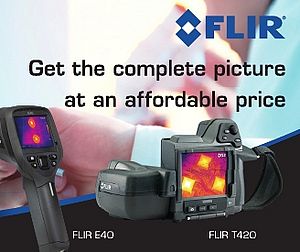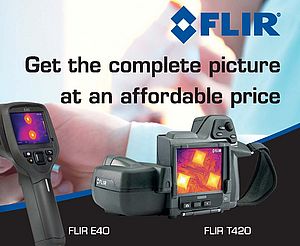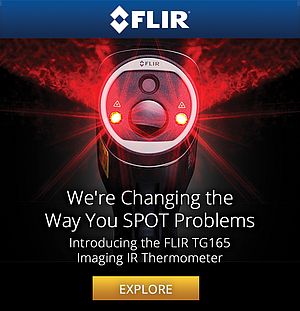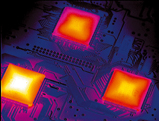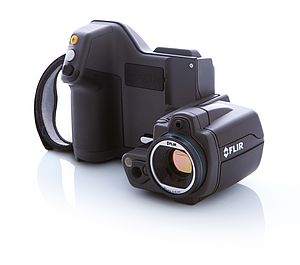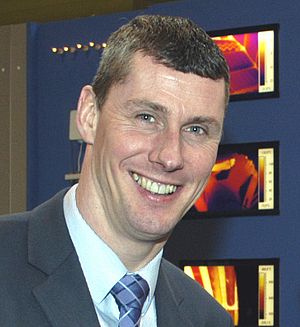IEN: Within Test & Measurement, thermal imaging cameras have a fairly broad application range: From public security and surveillance, over research and development and IR thermography of buildings, to numerous industrial applications. What are the most demanding markets for you, and in how far do those demands differ from each other?
Baker: The most demanding markets are probably off shore oil and gas applications due to the harsh environment and the EX certification that is required for the products.
IEN: What products and services does your company offer within Test & Measurement?
Baker: We offer a full range of thermal imaging cameras for electrical and mechanical applications and also a range of test and measurement kit including multi meters, clamp meters and video boroscopes.
IEN: What would you highlight as your USPs?
Baker: Our thermal cameras are the smallest, lightest and easiest to use in their class and all cameras now have the patented Multi Spectral Dynamic Imaging (MSX) technology - a new patented technology that provides extraordinary thermal image details in real time -, built in to make image definition and clarification outstanding. Our test and measurement range have additional features such as lamps, built in for dark environments and come with a limited lifetime warranty.
IEN: Focusing on industrial applications, which markets do you serve in that area?
Baker: We cover a vast range of industries, from heavy such as Steel, Glass and Cement manufacturing, to car manufacturing and every other manufacturer that has electrical and mechanical components.
IEN: Compared for example to thermocouples or pyrometers, where do you see the advantages of infrared cameras?
Baker: A thermocouple or spot pyrometer looks at one discreet point. If this is not placed in the correct position it will miss a potentially dangerous high temperature. Thermal cameras can show the overall profile of an object and then allow you to ''home'' in on the fault with much greater accuracy.
IEN: Hardware is one aspect. How would you describe the importance of software within thermal imaging?
Baker: Software is very important as it allows the user to create an accurate report of any faults found to pass onto the repair engineer. It also allows you to store data to see if there is any change over time in temperature, i.e. trending.
IEN: What are the main current trends in thermal imaging, and what would you describe as the most urgent challenges you are facing at the moment?
Baker: Since we have launched MSX we find that this has now become a must have for our existing and new potential customers, it makes possible to understand images much clearer.


